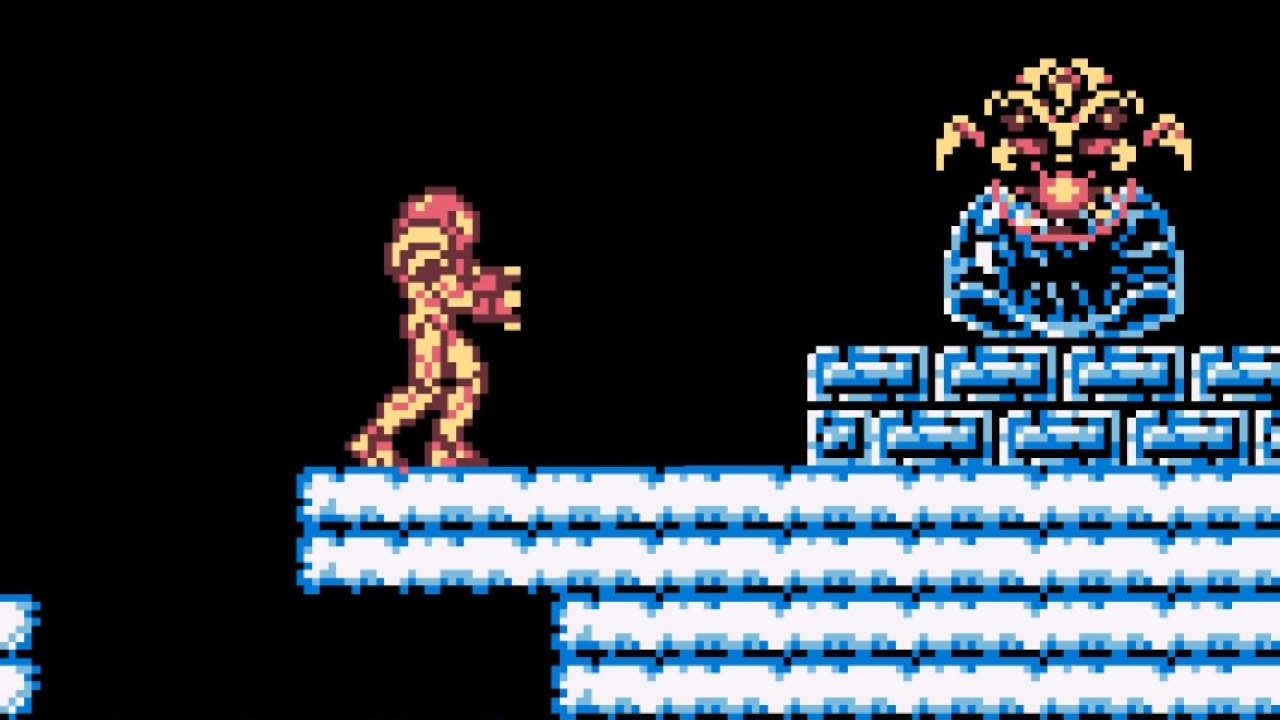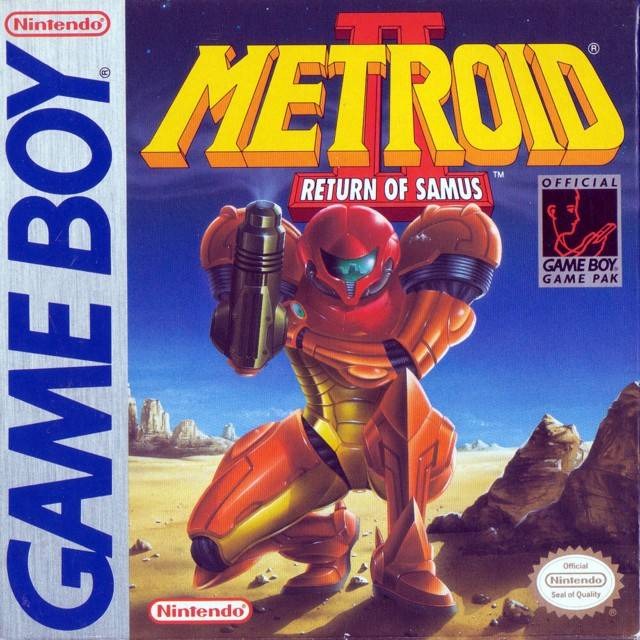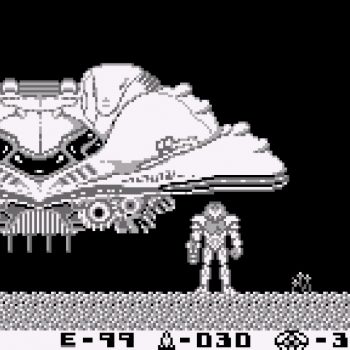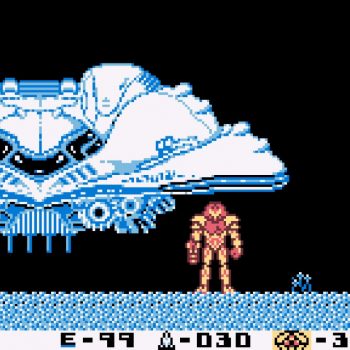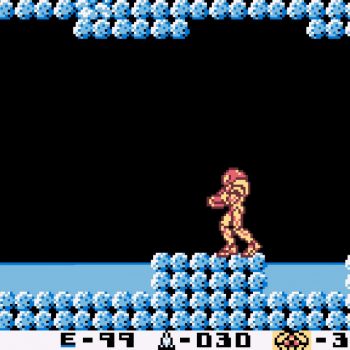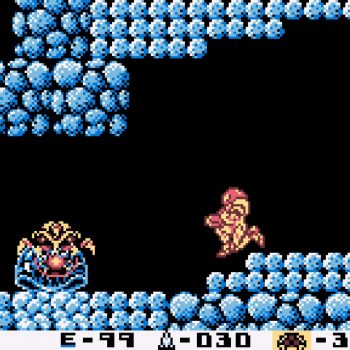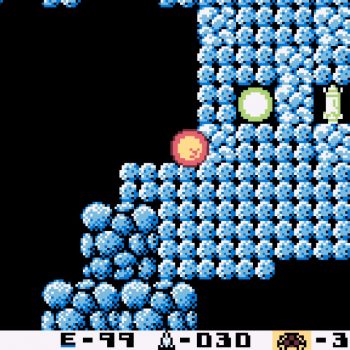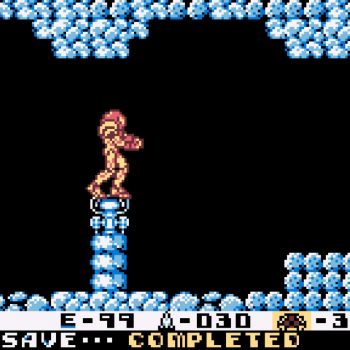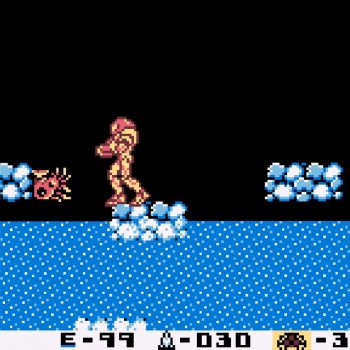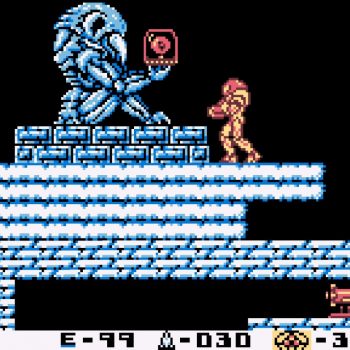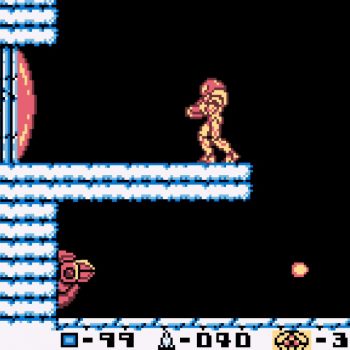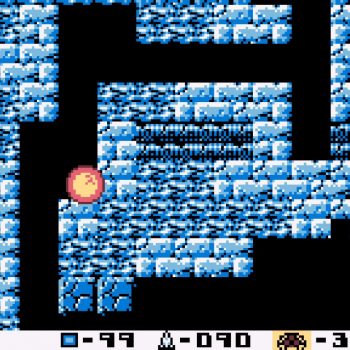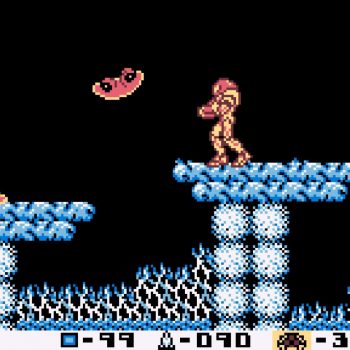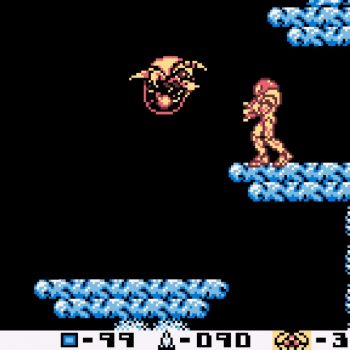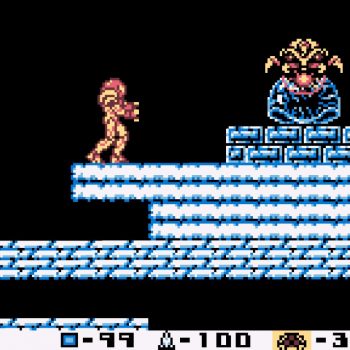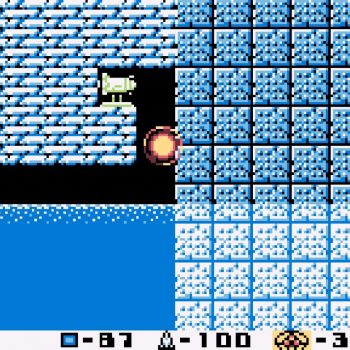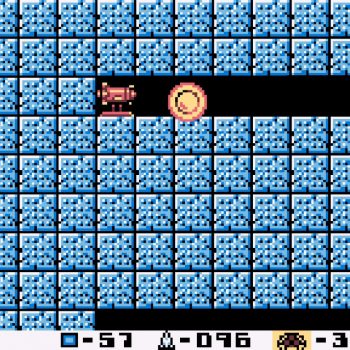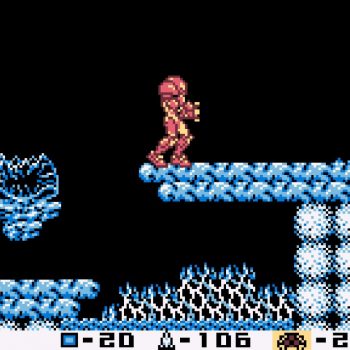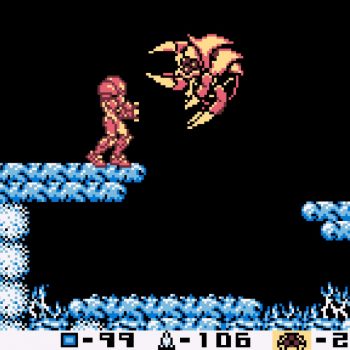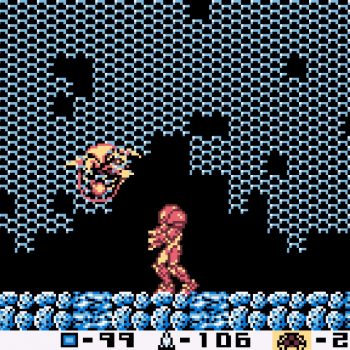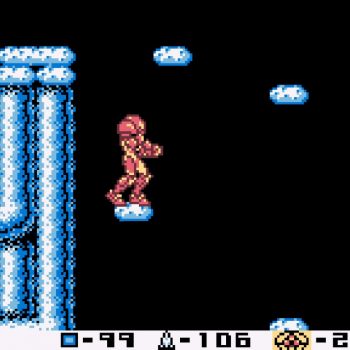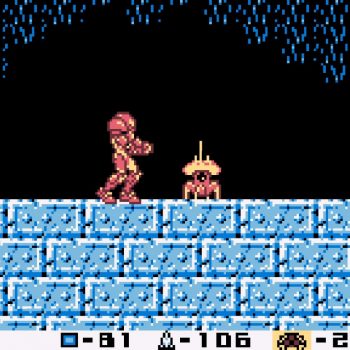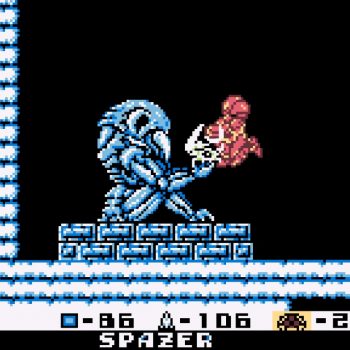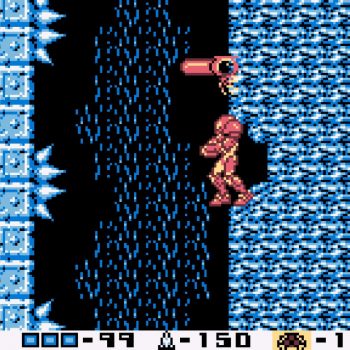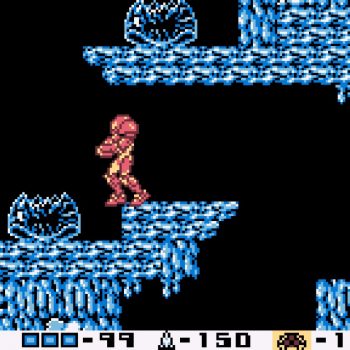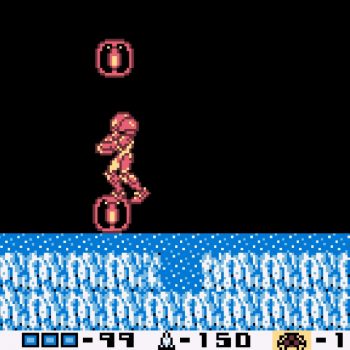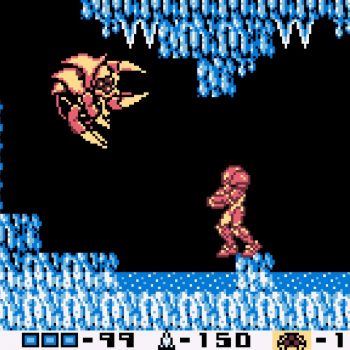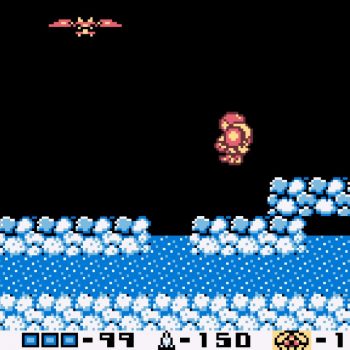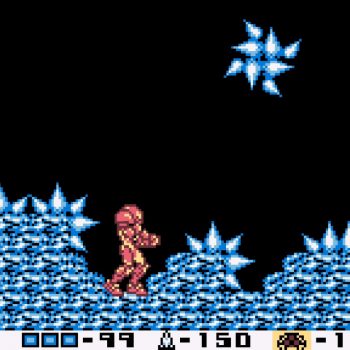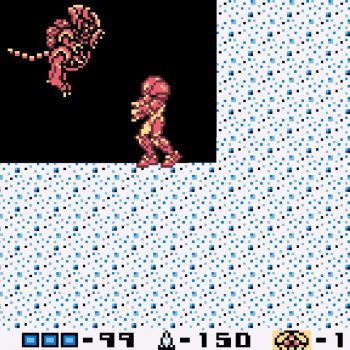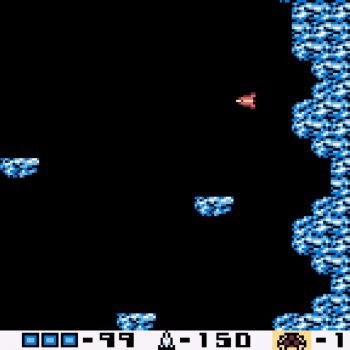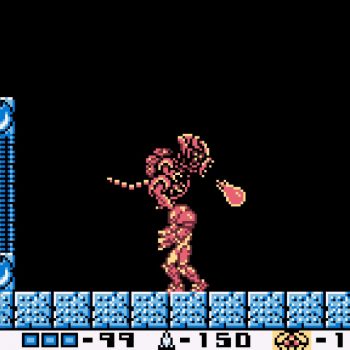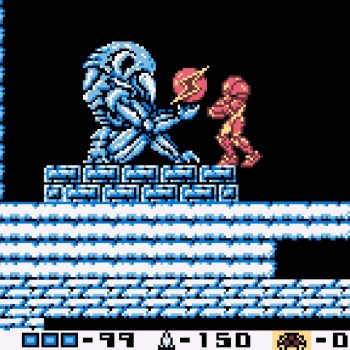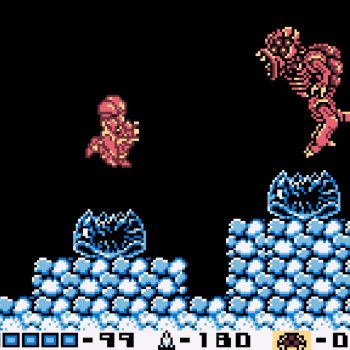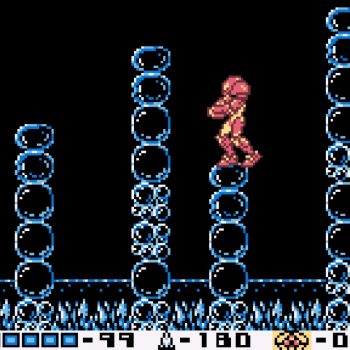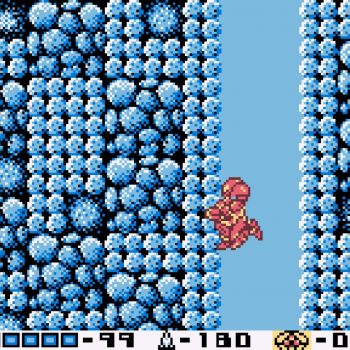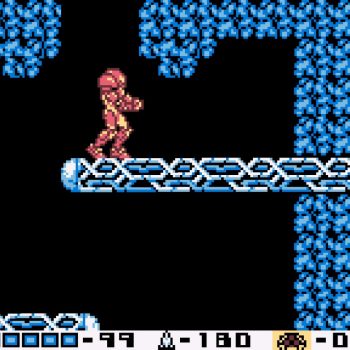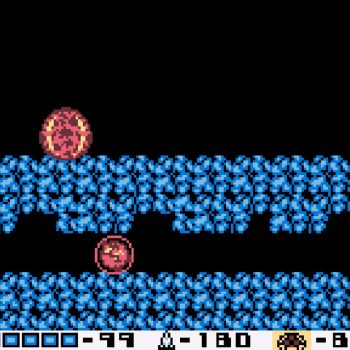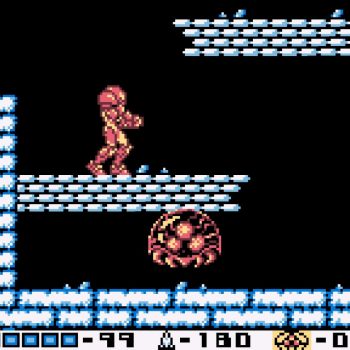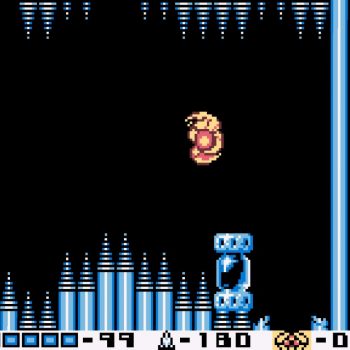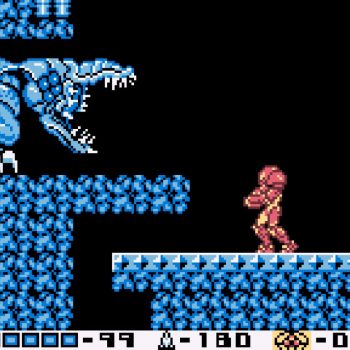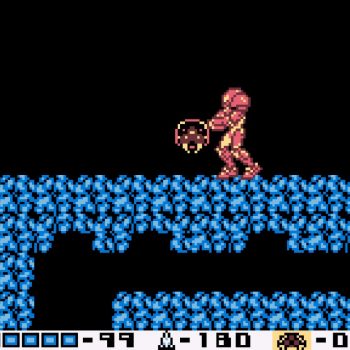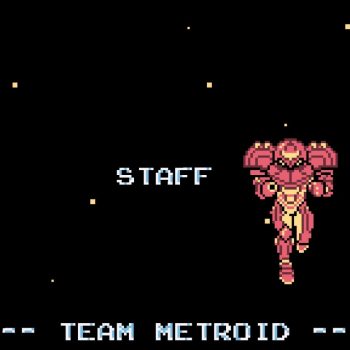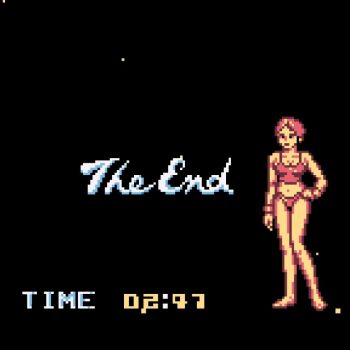Metroid II: Return of Samus
One of the greatest Game Boy games, heck one of the greatest games period to ever be made is Metroid II: Return of Samus.
The sequel to the cult classic NES title of the same name was smooshed into the tiny handheld screen and released for everyone to see in various shades of green back in 1991. Thankfully, Game Boy Color colorization saves my eyeballs whilst playing one of my favorite childhood games.
But does Metroid 2 still stand up to this day?
As we all know by now, Nintendo “reimagined” this game a few years ago with a totally overhauled “Samus Returns” remake on the 3DS. That game came about after numerous fan projects applied Super Metroid graphics to the Game Boy classic – but it should be noted the 3DS remake is NOTHING like the original. (There are so many reasons I can’t even list them here. So take my word for it!)
Metroid 2 builds upon the exploration and upgrade aspects of its predecessor. This time, Samus is alerted to a Metroid presence on a remote planet.
Unlike the space station style exploration of the original, Metroid 2 has a few subtle differences. First, there’s no true bosses in the game until the final confrontation with the Queen Metroid. Instead, you must clear the planet of evolving Metroids, a variety of which include the puny Alpha type up to the far deadlier Omega Metroids.
Areas of the game are once again obstructed. You cannot continue unless you eliminate a certain number of Metroids (which causes flooded areas to drain as the queen rampages at losing her babies) or until you find certain power-ups, of which several new ones are introduced for the first time.
Some of the debuting items include the plasma beam, space jump, spider ball, and screw attack.
Quite honestly, I’m not sure how I played any Metroid game without several of those items!
Metroid 2, however, lacks an internal map or inventory system. This becomes relevant as backtracking and trick walls come into play throughout the game, extending the campaign somewhat unnecessarily. (If you decide to play this, look up a guide!)
Samus can only carry a single beam at a time still, which by the game’s conclusion is another necessary evil: finding the ice beam again to defeat the Metroids. (Luckily a second drop of this crucial weapon isn’t too far away from the final portions of the game.)
Samus’ space ship is also front and center in this game, and has been a hallmark ever since.
The biggest changes or omissions, besides the bosses, are a lack of air-lock doors and elevators, which are seen in almost every other game in the Metroid series. However, unless this is pointed out to you, you wouldn’t even notice it as the game plays much like the first.
With the noted updates, Metroid 2 stands out as a sequel that’s often thought of as better than the original, even with the lack of audiovisual limitations on a handheld console. (It also stayed much closer to the source material than other Nintendo franchises, such as Mario 2 and Zelda 2!)
If you’re a Metroidvania connoisseur, you owe yourself a treat by playing this game. Even 30 years later it holds up as a timeless classic – but be sure to turn on the colorization if its available to you!
